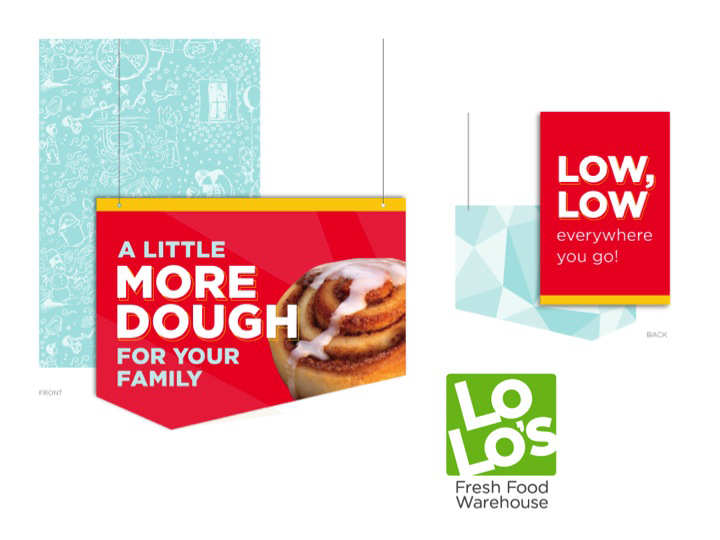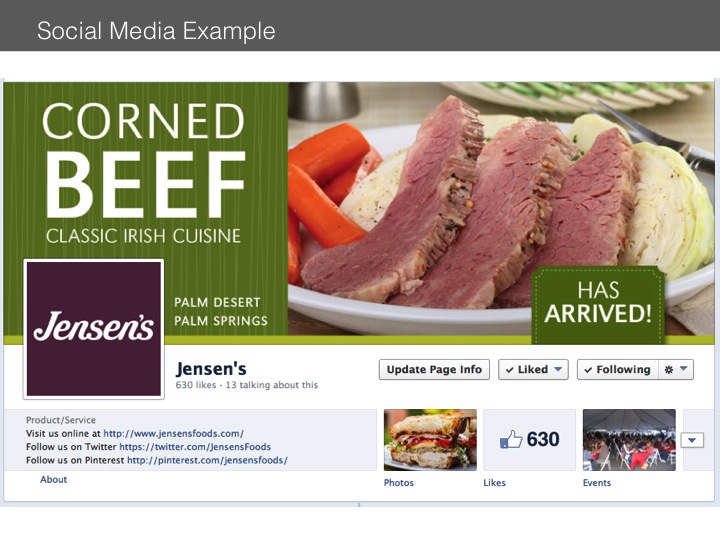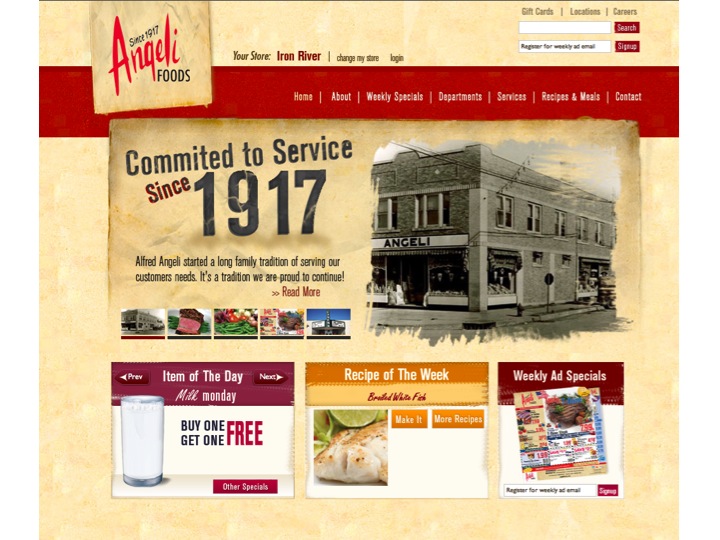DW's Blog
Price Perception
by DW Green — March 11, 2010
Establishing a positive-price perception is critical in today’s economy. Duh! But the key is perception. You should only sacrifice gross dollars when the price point can significantly impact perception.
You don’t have to have the lowest prices on everything. You don’t have to be priced the same as your competitors. You must have your customers leave your store feeling like they received a value for their total shopping experience. This goes beyond shelf prices and integrates operations and retail execution.
When consumers do not perceive any differentiating attributes of a product or service, price becomes a factor. This becomes very evident when various competitors carry identical products. This is why you must find ways to differentiate your store(s) in other ways.
How do you identify your most price-sensitive items? Which items are most sensitive to your customers? Using some type of movement data is sometimes a good way to measure the sensitivity of an item or category. It is generally believed that the fastest selling items are usually the most price sensitive.
However, item velocity can be influenced or even manipulated by lower price points as a result of using promotional dollars from the manufacturer. Price sensitivity can also be a seasonal consideration. Some items, at peak times of year, can be very sensitive to the consumer. Items unique to the holidays or influenced by changing seasons take on different levels of significance for consumers. It’s important to be aware of these items. They tend to be less price sensitive to customers, but are still an important price consideration. Back-to-school products are a great example.
You must stay focused on what is important to your customers. Their perceptions—not yours—will keep you on track in building positive-price perceptions.
In the end, pricing and promotion strategies will only be successful if they are designed in a consistent way with all other merchandising and operational elements that provide value to the consumer. Top retailers establish a relevant point of differentiation to provide distinct value to their target audience. Base prices, promotions, assortment, service, private labels and visual merchandising all combine to create a value-to-price relationship.
Filed Under: DW's Blog






















































Thanks DW!
You are on the top of your game, Dw!